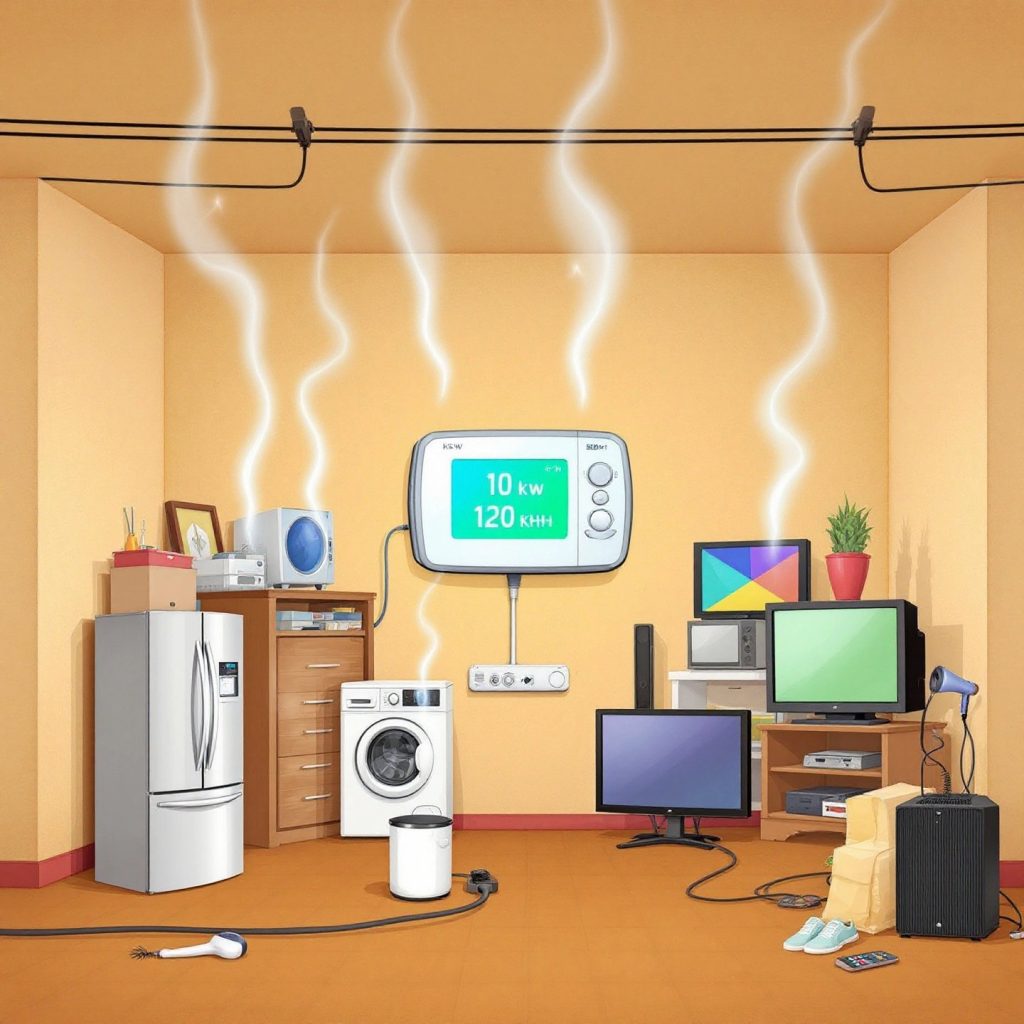Introduction to Power Light Battery
The phrase ‘power-light battery’ encapsulates a revolutionary shift in how we illuminate our spaces, both indoors and out. As technology advances, battery-powered lighting solutions have become increasingly essential, offering unmatched portability and convenience. In a world where energy efficiency is paramount, these lighting options cater to the modern need for flexible, sustainable illumination in residential and commercial settings.
Battery-powered lighting solutions are versatile, encompassing a wide range of applications from indoor ambiance to outdoor security and decorative lighting. This versatility is driven by technological advancements that have made these solutions more reliable and efficient than ever. With the demand for energy-efficient lighting on the rise, these battery-powered options are becoming a staple in homes and businesses alike.
Consider the following primary benefits of battery-powered lighting:
- Ease of Installation: No need for complex wiring or electrical expertise, making it accessible for everyone.
- Emergency Readiness: Ideal for power outages, ensuring safety and functionality when you need it most.
- Design Flexibility: Available in various styles and designs to suit any aesthetic or functional requirement.
As we delve deeper into the various categories of battery-powered lighting, including indoor, outdoor, and decorative options, it’s clear that these innovations are not just a trend but a necessary evolution in lighting technology. Whether you’re looking to enhance your home’s decor, improve outdoor security, or simply reduce your energy footprint, battery-powered lighting solutions offer a smart, efficient choice.
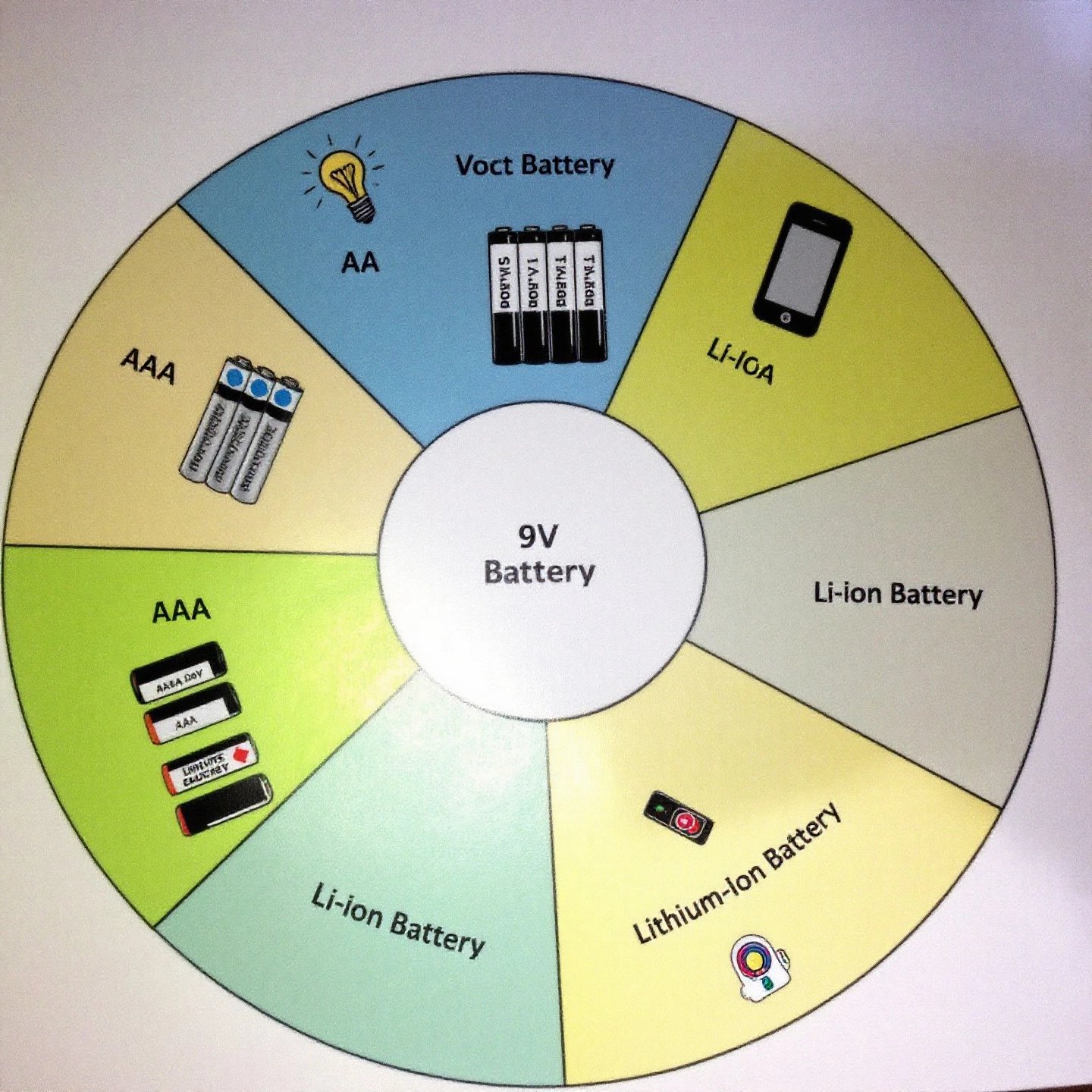
Understanding the Basics of Battery-Powered Illumination
When you think of lighting, you might picture a simple switch on the wall. But imagine having the same convenience without the need for wires—this is where battery-powered lights come into play. These lights operate using various battery types, each with unique characteristics and applications. Let’s explore how these battery-powered lights function and the factors you should consider when choosing them.
Voltage Requirements and Battery Types
Battery power lights require a specific voltage to function correctly, typically provided by common battery types such as AA, AAA, or lithium-ion batteries. Each type has its advantages and drawbacks. For instance, AA and AAA batteries are widely available and affordable but may need frequent replacement. In contrast, lithium-ion batteries offer a longer lifespan and higher energy density, making them ideal for more demanding applications.
Disposable vs. Rechargeable Options
There are two main categories of batteries: disposable and rechargeable. Disposable batteries, like alkaline ones, are convenient for short-term use but can be costly over time. Rechargeable battery options, such as NiMH or lithium-ion, are more sustainable and cost-effective in the long run, though they require an initial investment in a charger.
| Battery Type | Cost | Lifespan | Common Uses |
|---|---|---|---|
| Alkaline | Low | Short | Remote controls, flashlights |
| NiMH | Moderate | Medium to Long | Digital cameras, toys |
| Lithium-ion | High | Long | Smartphones, laptops |
Key Factors Influencing Performance
- Brightness: Determined by the power output and efficiency of the light source.
- Lifespan: Affected by the battery type and usage patterns.
- Cost: Influenced by the initial purchase price and maintenance expenses, such as battery replacements or recharging.
Understanding these basics will help you make informed decisions when selecting battery-powered lights for your needs. As you consider these options, remember that the right choice will depend on your specific requirements and usage scenarios. Next, we’ll see how to maximize your investment by optimizing these lights for indoor use.
Exploring Key Components for Everyday Indoor Lighting
Imagine transforming your living space with the simple addition of battery-powered under-cabinet lights or wall lights. These indoor lighting solutions offer not only convenience but also a touch of elegance and functionality to any room. Let’s delve into how you can optimize these lighting options to suit your home’s needs.
Optimizing Battery Power Under Cabinet Lights
Battery-powered under-cabinet lights are perfect for illuminating countertops, providing the necessary light for tasks like cooking or reading recipes. When selecting these lights, consider the brightness levels. LED lights, known for their energy efficiency and long lifespan, are an excellent choice. They offer bright, focused lighting without the heat output of traditional bulbs.
Mounting methods are another critical factor. Many under-cabinet lights come with adhesive backing or magnetic strips, making installation a breeze without the need for drilling or wiring. This flexibility allows you to reposition the lights as needed, adapting to various tasks or changing decor.
Enhancing Ambiance with Battery-Power Wall Lights
Wall lights powered by batteries can enhance the ambiance of any room, providing both functional and decorative lighting. Style preferences play a significant role here. From sleek, modern designs to rustic, vintage looks, there’s a wall light to match any aesthetic. Consider dimmable options to control the mood and intensity of the light, offering versatility for different occasions.
Moreover, adopting renewable energy sources like small solar panels from Renewable Energy Nexus can further reduce your reliance on traditional grid power. These panels can power your battery-operated lights, ensuring sustainability and reducing your carbon footprint.
Practical Tips for Installation and Maintenance
- Installation: Ensure the surface is clean and dry before attaching lights. Use the provided mounting hardware for a secure fit.
- Maintenance: Regularly check battery levels and replace or recharge as needed. Clean the light covers to maintain brightness and efficiency.
- Positioning: Place lights where they provide the most benefit, such as near workspaces or areas needing accent lighting.
By considering these factors, you’ll not only enhance the functionality of your indoor lighting but also contribute to a more energy-efficient home. As we continue to explore various lighting solutions, next we’ll look at how integrating motion sensors and timers can maximize efficiency, further extending the life of your battery-powered lights.
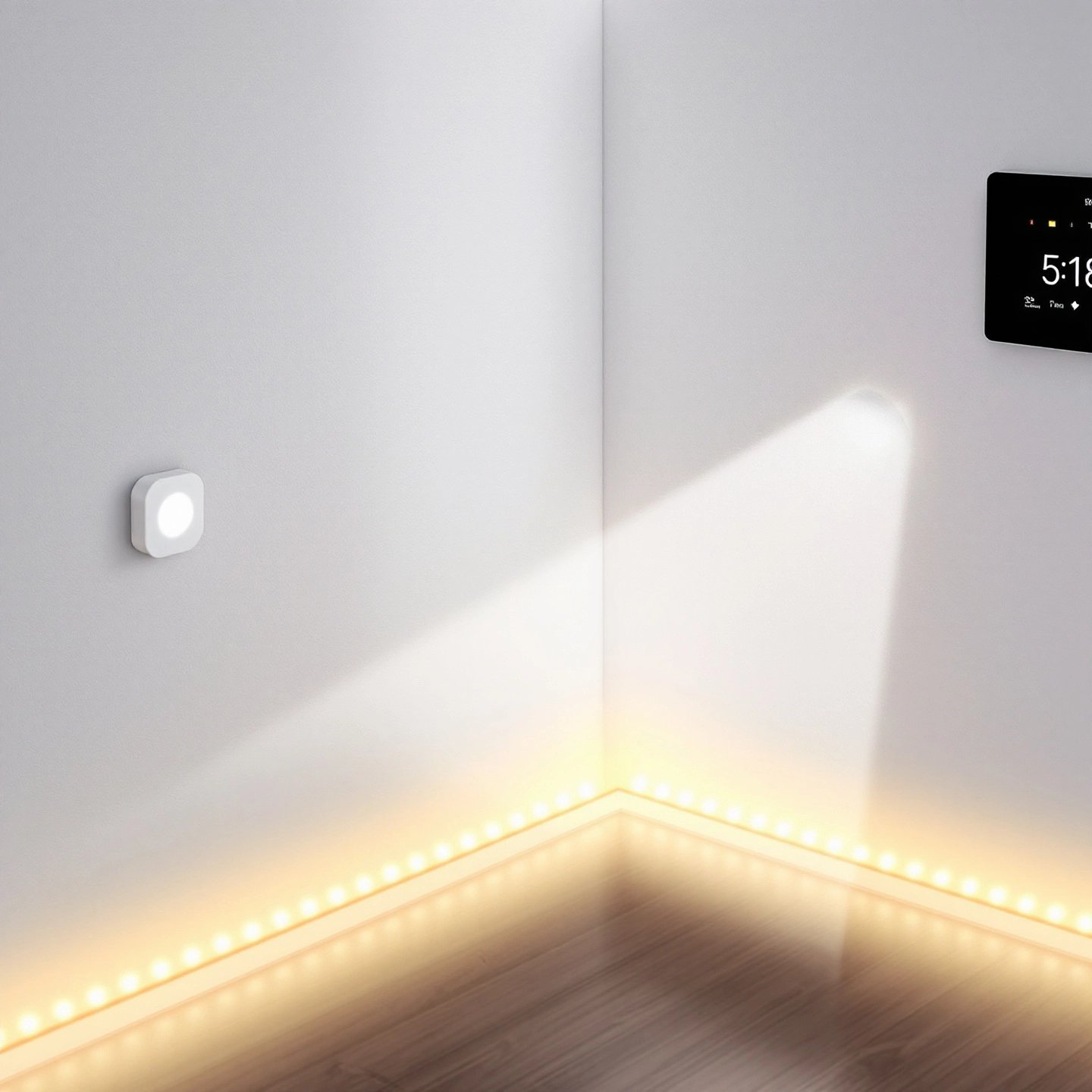
Maximizing Efficiency with Motion Sensors and Timers
Imagine walking into a room, and the lights automatically illuminate your path. This convenience is thanks to motion sensors for lighting, a smart technology that enhances user experience and significantly contributes to energy-efficient lighting solutions. By integrating motion sensors and timers with battery-powered LED lights, you can extend battery life and minimize unnecessary energy consumption.
The Role of Motion Sensors
Motion sensors work by detecting movement within a specific area, automatically turning lights on when motion is detected and off after a set period of inactivity. This feature is particularly useful in areas like hallways, bathrooms, and outdoor spaces where lights are not always needed. By reducing the time lights are on, motion sensors help conserve battery power, making them an ideal choice for energy-conscious individuals.
- Detection Range: Choose sensors with an appropriate range to cover the desired area effectively.
- Placement: Install sensors at a height and location where they can best detect movement without obstructions.
Enhancing Control with Timers
Timers complement motion sensors by allowing you to set specific times for lights to turn on and off, adding another layer of control. This feature is especially beneficial for outdoor lighting, where you might want lights to come on at dusk and turn off at dawn automatically. Combining timers with motion sensors ensures that lights operate only when necessary, further extending battery life.
- Programmable Options: Use programmable timers for flexibility in setting different schedules for weekdays and weekends.
- Manual Override: Consider timers with a manual override option for occasions when you need more control over lighting.
By understanding how to effectively use motion sensors and timers, you can optimize your lighting setup for maximum efficiency. This reduces energy consumption and extends the lifespan of your battery-powered lights, offering both cost savings and environmental benefits. As we move forward, let’s explore how these principles can be applied to enhance holiday decor with battery-operated lights, bringing festive cheer with ease and safety.
Elevating Holiday Decor with Battery-Operated Lights
Holiday decorations bring warmth and joy to any space, and using battery-powered Christmas lights can simplify the process while adding a magical touch. These lights eliminate the hassle of tangled cords and limited outlet access, making them an ideal choice for both indoor and outdoor decorations. Let’s explore how battery-operated lights can transform your holiday decor into a dazzling display.
Creative Setup Ideas for Festive Cheer
Imagine wrapping battery-powered lights around your Christmas tree without worrying about finding a nearby outlet. These lights are perfect for adorning windows, wreaths, and even decorative centerpieces. Consider using them in these creative ways:
- Windows: Frame your windows with battery-powered string lights to create a welcoming glow visible from the street.
- Wreaths: Enhance the charm of your holiday wreaths by weaving mini battery lights through the greenery.
- Centerpieces: Use battery-operated candles or fairy lights to illuminate your dining table centerpieces, adding a cozy ambiance to holiday dinners.
Ensuring Safe and Secure Holiday Lighting
While battery-powered Christmas lights offer convenience, safety remains paramount. Here are some essential tips to ensure your holiday lighting is both beautiful and secure:
- Check Battery Levels: Regularly inspect battery levels to ensure consistent lighting throughout the holiday season.
- Fire Safety: Opt for LED lights, which run cooler than traditional incandescent bulbs, reducing fire risk.
- Battery Disposal: Follow proper disposal guidelines for batteries to minimize environmental impact. Consider recycling options for used batteries.
Lighting for Different Holiday Scenarios
Battery-operated lights are versatile and can be adapted for various holiday themes beyond Christmas. For Halloween, use orange and purple lights to create a spooky atmosphere. During Thanksgiving, warm white or amber lights can enhance the autumnal decor.
- Halloween: Drape battery-operated lights over bushes or along walkways to guide trick-or-treaters safely.
- Thanksgiving: Incorporate battery-powered candles into your table settings for a warm, inviting glow.
By incorporating these battery-powered solutions, you can effortlessly elevate your holiday decor while maintaining safety and efficiency. As we continue, let’s explore how these principles extend to outdoor spaces, bringing festive flair to your patios and gardens with ease.
Bringing Festive Flair to Outdoor Spaces
Imagine transforming your patio or garden into a magical wonderland with the simple addition of battery-powered outdoor string lights. These lights not only provide a cozy ambiance but also offer flexibility and convenience, free from the constraints of power outlets. Whether you’re hosting a summer barbecue or decorating for the holidays, these lights are a versatile choice for any occasion.
Key Considerations for Outdoor Lighting
When selecting outdoor string lights, weatherproofing and durability are crucial. As noted by CNET, lights with water- and dust-resistance ratings such as IP65, IP67, or IP68 are ideal for withstanding various weather conditions. This feature ensures your lights remain functional through rain and dust storms, providing reliable illumination year-round.
Durability is another essential factor. Opt for LED bulbs, which are known for their longevity and energy efficiency. LEDs also offer a wide range of colors and styles, allowing you to customize your outdoor decor to fit any theme or mood.
Placement Tips for Optimal Lighting Effects
- Warm vs. Cool Lighting: Choose warm white lights for a cozy, inviting atmosphere, or cool white lights for a modern, vibrant look.
- Strategic Placement: Hang lights along fences, drape them over trees, or string them across pergolas to create stunning visual effects.
- Length and Coverage: Measure the area you wish to cover and add extra length to account for drooping and curves in the string.
Eco-Friendly Lighting Solutions
For those looking to reduce their carbon footprint, consider pairing your battery-powered lights with partial solar solutions. As highlighted by Light It Right, solar-powered fixtures harness the sun’s energy during the day, providing a sustainable way to illuminate your outdoor spaces at night. This not only conserves energy but also lowers electricity costs, making it a practical choice for environmentally conscious homeowners.
By embracing these outdoor lighting solutions, you can create a festive and inviting atmosphere that enhances your outdoor spaces while remaining mindful of energy consumption. Next, we’ll explore how battery-powered lighting can meet security and utility needs, providing robust illumination for various environments.
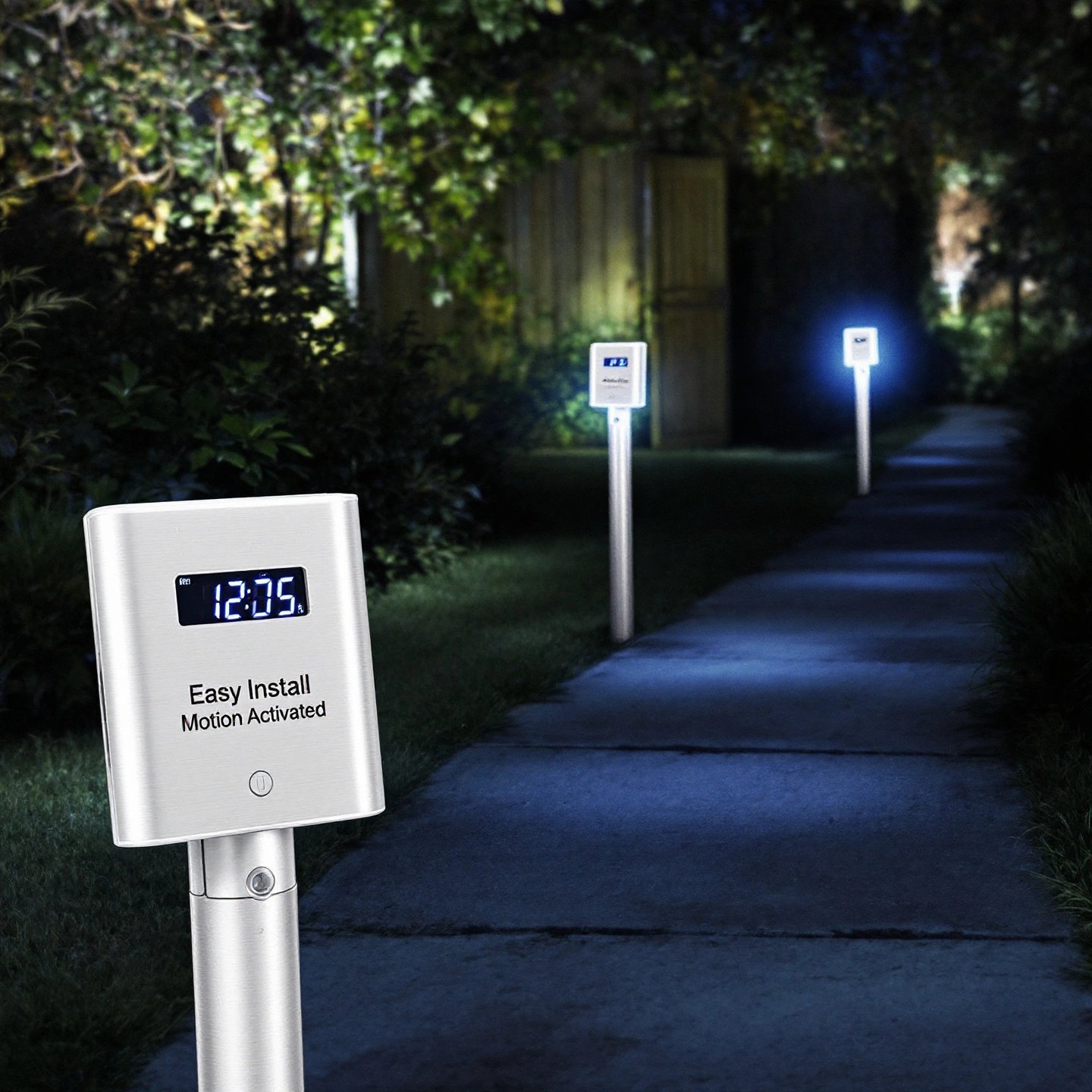
Tailoring Security and Utility Solutions for Various Needs
Imagine a world where you can meet your security and utility lighting needs without the hassle of complex wiring or reliance on the grid. This is the promise of battery-powered security lighting solutions, offering robust, reliable illumination in diverse settings. Whether you need to light up a remote shed, a bustling workshop, or a dimly lit pathway, these solutions provide the flexibility and efficiency required for modern living.
Practical Applications of Battery Power Security Lights
Battery-powered security lights are ideal for locations where traditional power sources are unavailable or impractical. These lights are especially useful in remote areas, such as sheds or cabins, where running electrical wiring would be costly or impossible. By using battery power, you can ensure these areas are well-lit, enhancing safety and security.
For workshops or garages, battery-powered shop lights offer bright, focused illumination necessary for detailed tasks. Their portability allows you to position them exactly where needed, ensuring optimal lighting conditions for any project. Additionally, these lights can be easily relocated, adapting to changing needs or workspace layouts.
Easy Installation and Minimal Wiring
One of the standout benefits of battery-powered lighting is the ease of installation. As highlighted by Mr. Beams, these lights can be installed in about five minutes using just a screwdriver or drill. This simplicity makes them an attractive option for DIY enthusiasts and those looking to enhance their lighting setup quickly without professional assistance.
Moreover, the wireless nature of these lights means you can avoid the hassle and expense of running electrical wiring, making them perfect for off-grid locations or temporary setups. This flexibility allows for creative lighting solutions that can be tailored to specific needs, whether for security, utility, or ambiance.
Integrating Solar and Hybrid Solutions
For those interested in sustainable energy solutions, integrating solar-powered systems can further enhance the efficiency of battery-driven lights. The Renewable Energy Nexus offers a range of solar panel products that can complement your battery-powered lights, ensuring extended runtime and reduced reliance on grid power.
Consider hybrid solutions that leverage both solar and battery power, such as the LED Solar Hybrid Area Light 365. These systems switch seamlessly between solar and line voltage, ensuring continuous illumination even when the battery is depleted. This combination conserves energy and provides a reliable backup, enhancing the overall resilience of your lighting setup.
By embracing these innovative lighting solutions, you can achieve reliable illumination that meets your security and utility needs while promoting sustainability. As we continue our exploration, we’ll delve into specialized applications for marine and pool environments, showcasing the versatility and adaptability of battery-powered lighting.
Diving into Specialized Marine and Pool Lighting Uses
Imagine setting sail at dusk or enjoying a serene evening swim, all under the glow of specialized battery-powered boat lights and battery-powered pool lights. These lighting solutions are designed to enhance safety and ambiance in aquatic environments, where traditional lighting might fail. Let’s explore how these lights cater to the unique demands of marine and pool settings.
Battery Power Boat Lights: Navigating with Confidence
Boat lights are essential for safe navigation and can transform your vessel into a floating oasis. Battery-powered options provide flexibility, allowing you to place lights wherever needed without worrying about wiring. These lights are particularly beneficial in areas where electrical systems are not feasible.
- Waterproof Ratings: Look for IP68-rated lights, which offer superior protection against water and dust, ensuring durability in harsh marine environments.
- UV Protection: Choose lights with UV-resistant coatings to prevent degradation from sun exposure, a common challenge in marine settings.
For more information on robust marine lighting options, consider exploring resources like PlashLights, which offer various waterproof LED strips designed for marine use.
Battery Power Pool Lights: Enhancing Aesthetic and Safety
Pool lights illuminate your pool for nighttime swims and enhance its aesthetic appeal. Battery-powered pool lights are easy to install, requiring no complex wiring, and can be positioned to highlight specific features of your pool.
- Maintenance Tips: Regularly clean lights with a soft cloth to prevent algae buildup and check for any signs of damage. Ensure gaskets are intact to prevent water ingress.
- Safety Precautions: Always turn off the power before performing maintenance and use caution with chemicals to avoid damaging the light housing.
For detailed maintenance guidelines, visit AquaDoc’s blog, which offers comprehensive tips on keeping your pool lights in top condition.
Key Distinctions and Safety Checks
When choosing lighting solutions for water environments, it’s crucial to consider both functionality and safety. Here are some key distinctions:
- Lighting Type: Due to their energy efficiency and long lifespan, LED lights are the preferred choice for extended use in pools and on boats.
- Safety Checks: Regularly inspect all lighting components for damage, and ensure electrical connections are secure and dry.
By understanding these specialized applications, you can enhance the safety and beauty of your aquatic environments. As we transition to the next chapter, we’ll explore how to maintain the performance and prolong the life of your power light battery systems.
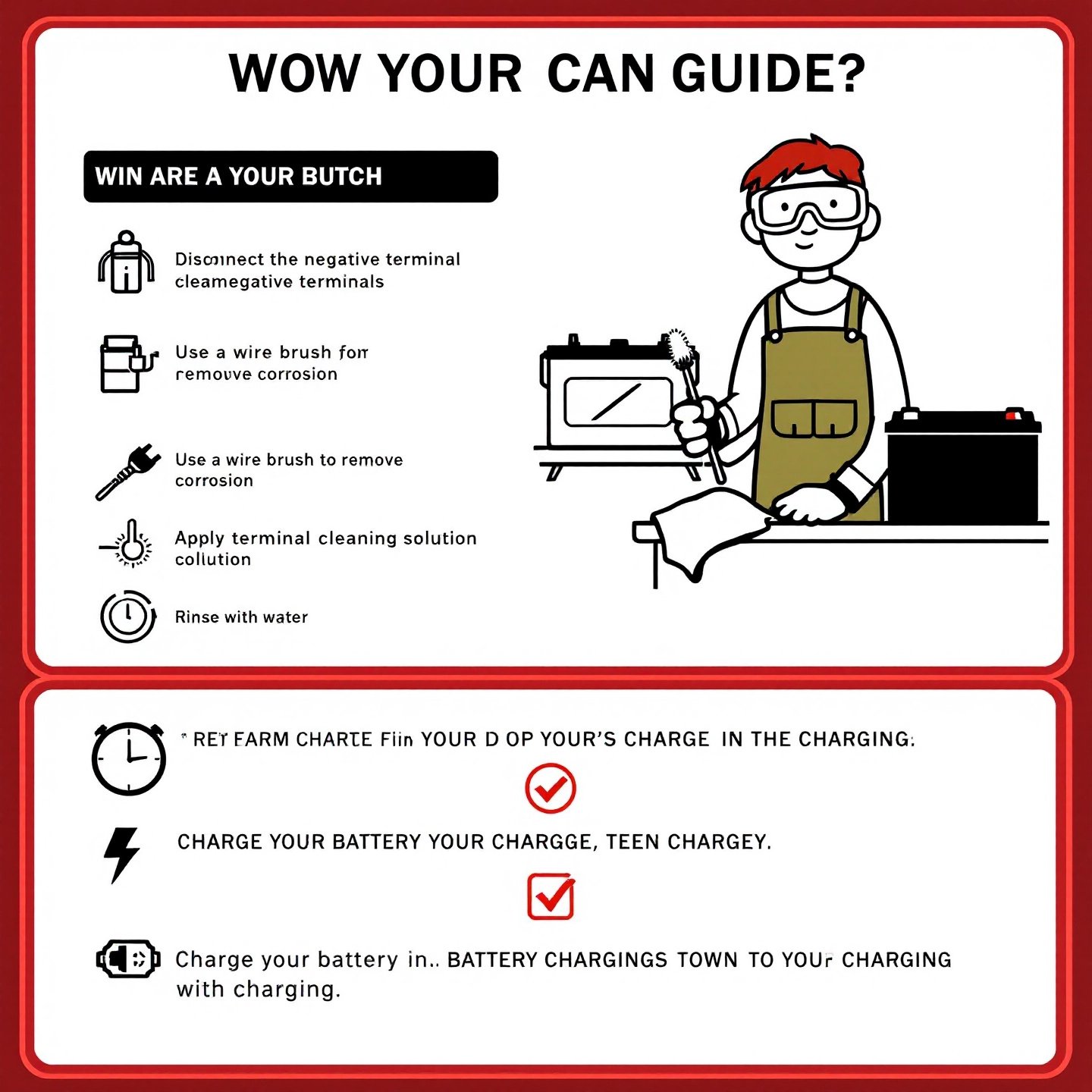
Maintaining Performance and Prolonging Battery Life
Imagine relying on your battery-powered lights to illuminate your home or outdoor spaces, only to find them dimming sooner than expected. To prevent this, it’s essential to understand and apply effective battery maintenance tips that not only maintain performance but also prolong battery life. Let’s explore some practical strategies for keeping your battery systems in top condition.
Understanding Battery Longevity
Battery longevity refers to the lifespan during which a battery can consistently deliver power. Factors such as usage patterns, temperature, and charging habits significantly impact this lifespan. For instance, frequent deep discharges can accelerate battery wear, while maintaining a moderate charge can extend its life. According to Boom and Bucket, avoiding extreme temperatures and overcharging are crucial steps in maintaining battery health.
Effective Maintenance Strategies
- Regular Cleaning: Keep battery terminals clean and free from corrosion. Use a mixture of baking soda and water for cleaning, ensuring terminals are dry before reconnecting.
- Proper Charging Cycles: Avoid full discharges whenever possible. Instead, recharge batteries when they reach around 30to40% capacity to minimize stress on the cells.
- Storage Best Practices: Store batteries in a cool, dry place, ideally at a 40-50% charge for long-term storage, as recommended by Android Authority.
Optimizing Rechargeable Systems
Rechargeable batteries, such as lithium-ion, are popular for their sustainability and cost-effectiveness. To optimize these systems, consider the following:
- Avoid Overcharging: Use chargers that automatically stop charging once the battery is full to prevent overheating and prolong battery life.
- Temperature Management: Keep devices cool during charging to avoid heat-related degradation, which is a common issue with fast charging technologies.
- Regular Usage: Regularly use and recharge batteries to keep them active, as prolonged inactivity can lead to capacity loss.
Routine Inspections and Replacements
Regular inspections can help identify potential issues before they become significant problems. Check for signs of wear or damage, like bulging or leakage, and replace batteries as needed to ensure consistent performance. Even with proper care, all batteries have a finite lifespan and will eventually need replacement to maintain optimal functionality.
By implementing these maintenance strategies, you can ensure that your battery systems for power lights remain reliable and efficient. As we conclude our exploration, we’ll summarize the key takeaways and highlight the broader importance of energy efficiency in our final chapter.
Conclusion
As we conclude our journey through the world of power light battery solutions, it’s clear that these innovations are reshaping how we illuminate our lives. From enhancing indoor ambiance with accent lighting to providing robust security solutions outdoors, battery-powered lights offer unmatched flexibility and convenience. These solutions are not just about convenience; they are a testament to the growing importance of energy-efficient lighting in our daily lives.
Incorporating sustainable lighting solutions is more than a trend—it’s a necessity for a responsible future. By choosing energy-efficient options, we can significantly reduce our carbon footprint and promote a healthier planet. The integration of renewable energy sources, such as solar panels from Renewable Energy Nexus, further enhances the sustainability of these lighting systems. These solar solutions complement battery-driven lights and provide a reliable, eco-friendly power source that aligns with modern sustainability goals.
Imagine a home where every light is consciously chosen to maximize efficiency and minimize environmental impact. This vision is attainable through thoughtful product choices and a commitment to sustainability. By exploring the offerings from Renewable Energy Nexus, you can seamlessly integrate solar-powered systems into your lighting setup, ensuring that your choices contribute positively to both convenience and the environment.
In summary, the revolution in power light batteries is not just about illumination; it’s about making informed choices that elevate both our living spaces and our environmental stewardship. As you consider your next lighting purchase, remember the broader impact of your decisions and the role you play in fostering a sustainable future. Together, we can light the way to a cleaner, brighter tomorrow.
FAQs on Power Light Battery Solutions
1. Can you power a light with a battery?
Yes, battery-powered lights offer a flexible solution without the need for electrical wiring. They are ideal for both indoor and outdoor settings, providing convenience and energy efficiency.
2. How long will a battery power a light?
Battery life depends on the battery’s capacity and the light’s power consumption. For example, an 80Ah battery powering a 50W light could last about 1.6 hours.
3. What are the benefits of battery-powered lighting?
Battery-powered lighting offers ease of installation, emergency readiness, and design flexibility, making it suitable for various applications from home decor to security.
4. How do motion sensors enhance battery light efficiency?
Motion sensors help conserve battery life by activating lights only when movement is detected, reducing unnecessary power usage, and extending battery duration.
5. What are the best practices for maintaining battery-powered lights?
Regular cleaning, proper charging cycles, and safe storage are key to prolonging battery life. Avoid extreme temperatures and overcharging for optimal performance.



